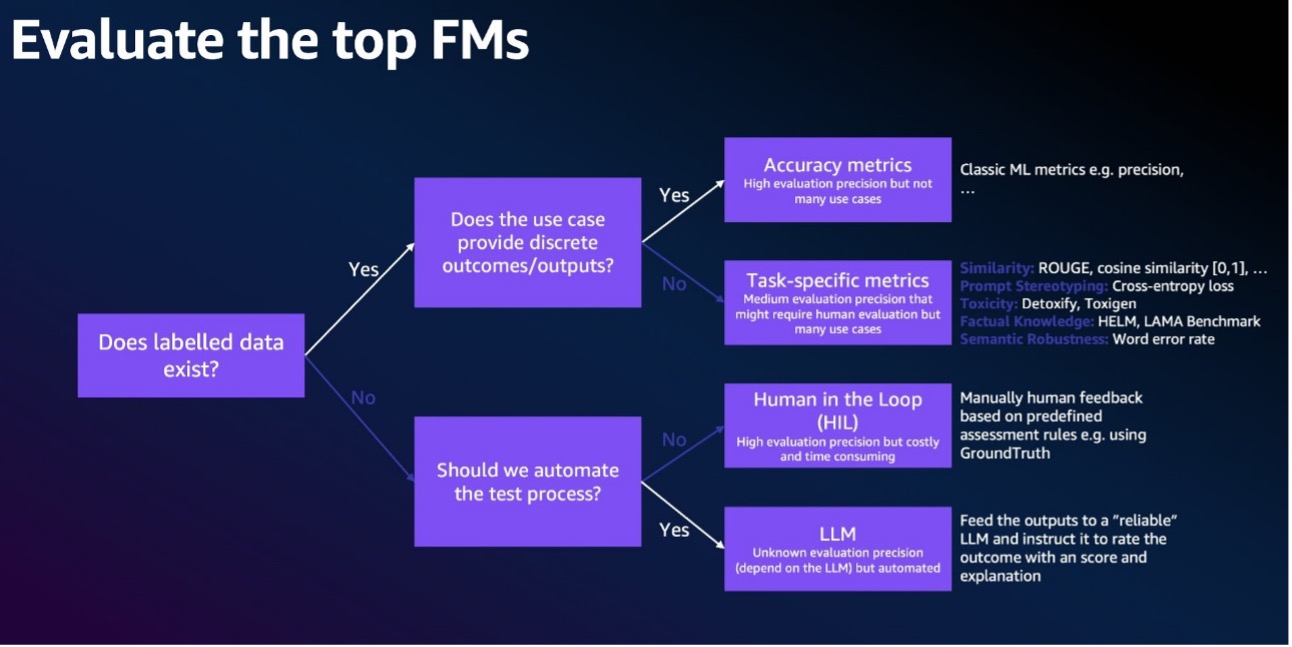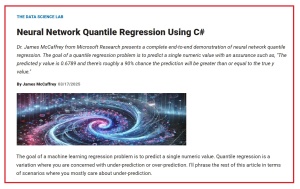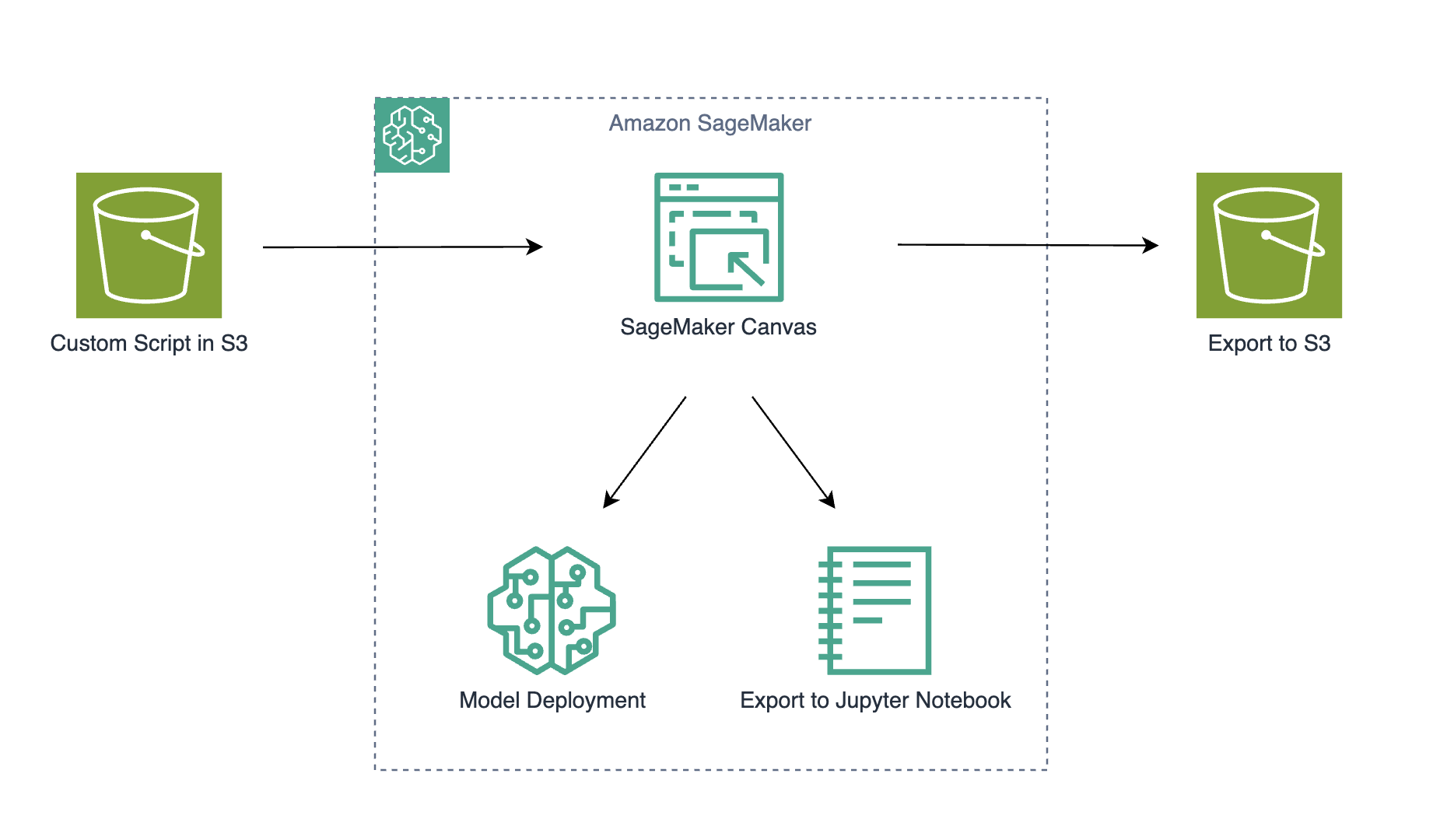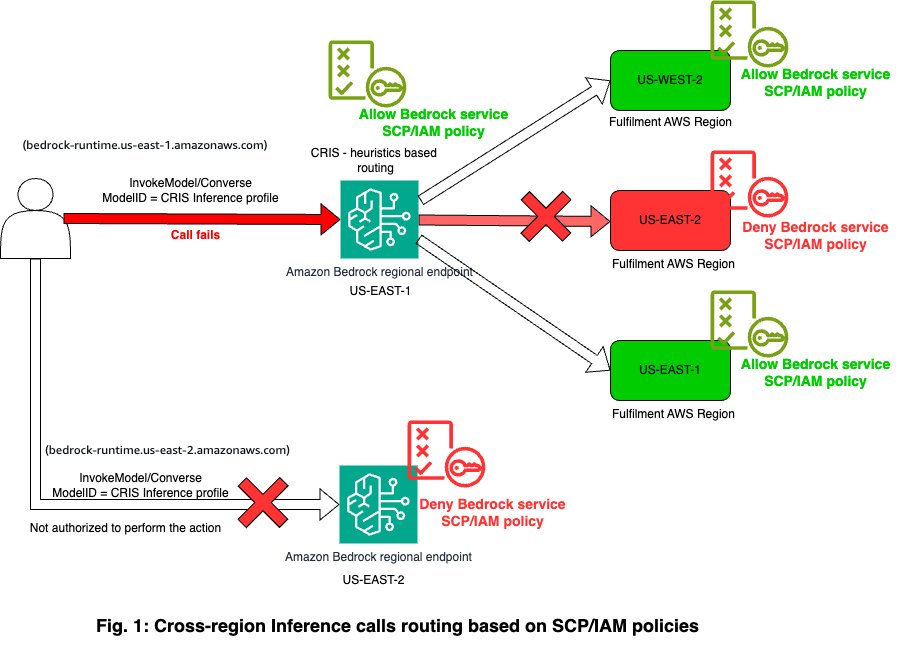Data Science and Machine Learning challenges are hindered by scattered data. Integrating data on a use-case basis is key for ML success.
The blog post discusses Nadaraya-Watson kernel regression using a radial basis function kernel, emphasizing the importance of normalizing predictor values. The key equation for NW kernel regression involves a weighted average of target y values based on the RBF kernel function values.
Authors and editors can now easily navigate the publication process with a new guide on using WordPress block editor for The Digital Sandbox. Essential components like titles and subtitles are emphasized for a smooth drafting experience.
Cambridge study reveals AI's efficiency in diagnosing disease, potentially reducing diagnosis time for coeliac disease. Coeliac disease, impacting nearly 700,000 in the UK, often takes years to diagnose accurately.
Amazon Bedrock simplifies generating high-quality categorical ground truth data for ML models, reducing costs and time. Using XML tags, it creates a balanced label dataset, as shown in a real-world example predicting support case categories.
Large language models (LLMs) can now process text, images, and audio, opening up new possibilities in education and business. gpt-4o is the first true multimodal LLM, allowing for natural interaction with video content and creation of personalized learning materials.
Article: "Neural Network Quantile Regression Using C#." A unique approach to machine learning regression is quantile regression, particularly useful for scenarios with significant consequences for under-prediction. By utilizing a custom loss function, neural network quantile regression aims to predict values to a specified quantile, offering a promising method for accurate forecasting.
Amazon SageMaker Canvas offers no-code ML workflows, but some projects may require external dependencies. Learn how to incorporate custom scripts and dependencies from Amazon S3 into your SageMaker Canvas workflows for advanced data preparation and model deployment.
Designers Alex (Qian) Wan and Eli Ruoyong Hong discuss the challenges of translating high-context languages like Chinese and Japanese using Gen AI technology. They developed a Gen AI-powered translation browser extension to improve accuracy and context-awareness in translations, addressing the limitations of traditional tools like Google Translate.
Amazon Bedrock offers cross-Region inference for AI models, but strict access controls can hinder its functionality. Learn how to modify controls to enable seamless cross-Region inference and boost performance with practical examples. This feature optimizes resource utilization and performance by automatically routing traffic across multiple Regions, prioritizing the source Region for minimal l...
EduFi offers low-interest student loans in Pakistan, increasing access to college for many. The company uses AI for credit scoring and 'Study Now, Pay Later' system, easing financial burden.
In a powerful dystopian novel longlisted for the Women’s prize, Sara Hussein is jailed for her potential to commit crimes based on an AI security system. Despite being a seemingly ordinary museum archivist, Sara's "risk score" lands her in a women's retention center where her fate lies in the hands of her guards.
Supply Chain Data Scientist explores LangChain and LangGraph to build AI agents. Leveraging n8n for easy deployment of AI-powered Control Tower in Supply Chain Analytics.
ML Uncertainty: a Python package addressing the lack of uncertainty quantification in popular ML software. Designed to estimate uncertainties in predictions with only a few lines of code, making it computationally inexpensive and applicable to real-world scenarios with limited data.
Generative AI, led by Stability AI's SD3.5 Large model, is transforming game environment creation with high-quality, diverse image generation. This innovation accelerates design cycles and empowers users to create immersive virtual worlds, promising a new era of AI-assisted gaming creativity.















